10Minutes Very Sad Ago: Shock in D.C.: President Donald Trump Shot AGAIN While Exiting the White House…Read more

The British royals seem to be having a lot on their plate recently. This last month had been a hectic one, with Kate Middleton undergoing an abdominal surgery which requires plenty of time for recovery and King Charles being diagnosed with cancer.
According to the Palace, the Princess of Wales would only be able to return to her royal duties around Easter, although she does some work from home even now.
Kate’s planned abdominal surgery shook things a bit not only for her but for her husband as well. Just like Kate, William was also forced to either postpone or reschedule many of his royal duties during her hospital stay because he needed to take care of the couple’s three children who
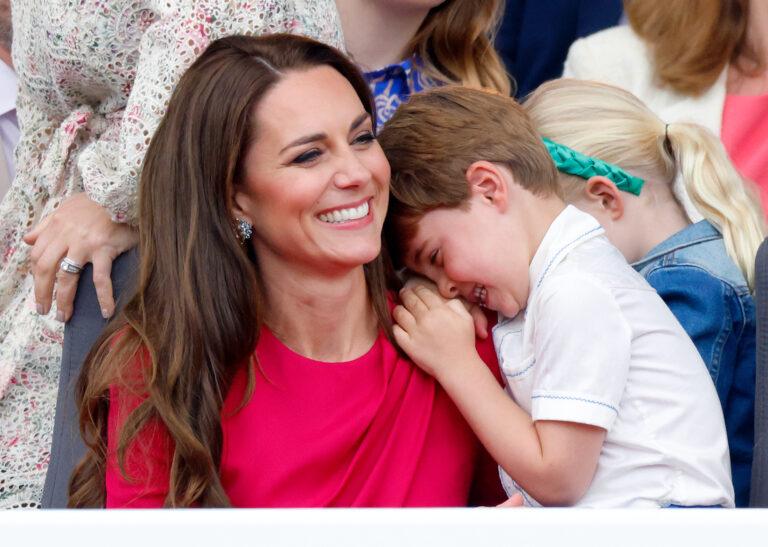
William had the help of the family’s nanny, Maria Teresa Turrion Borrallo.
Borrallo has been with the family since Prince George was just 8 months old.
“She is not married and doesn’t have a boyfriend, as her life is totally dedicated to the family she is working with. She is known for being totally professional – married to the job,” an insider told Hello Magazine.
When the couple are away from home, the nanny makes all the decisions regarding the children.
Borallo was trained at the prestigious Norland College in Bath. “Maria is firm, but she never acts unilaterally with the children on discipline. Kate and William, along with Maria, are strict with the children but have this magic ability to appear not to be,” a royal insider said.
A royal insider previously said, “Maria is firm, but she never acts unilaterally with the children on discipline. Kate and William, along with Maria, are strict with the children but have this magic ability to appear not to be.”
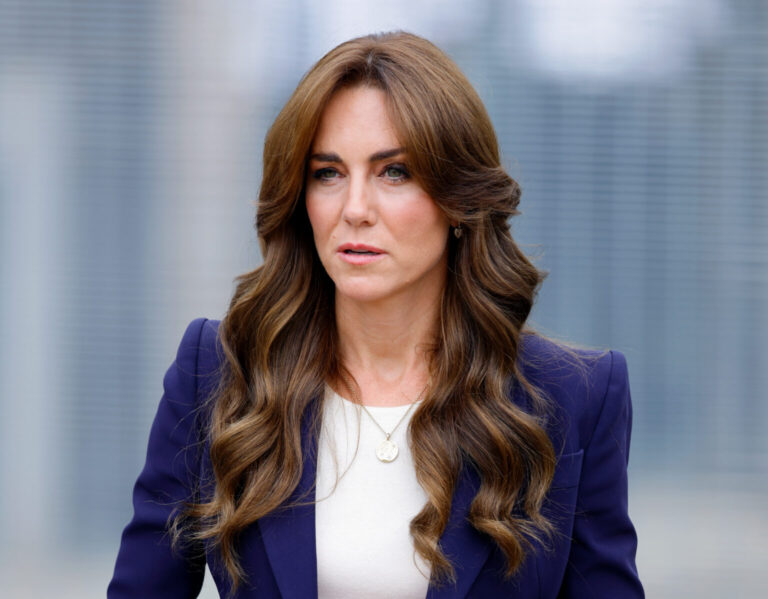
When she was hired, Kensington Palace released a statement: “Maria is a full-time nanny who started work with us recently and will be accompanying the Duke and Duchess and Prince George to New Zealand and Australia. We will not be giving further details on Maria or her employment, except to say that the Duke and Duchess are, of course, delighted she has chosen to join them.”
Speaking with Hello Magazine, parenting expert Jo Frost explained that Maria is a very important person for William, Kate, and their children.
“The blessing of her nurturing ways and wonderful service to the family leave the children in good steady hands, affording William the flexibility to be present as a father, attend to his royal duties where he can at home and be the emotional support he will want to be for his wife,” she said.
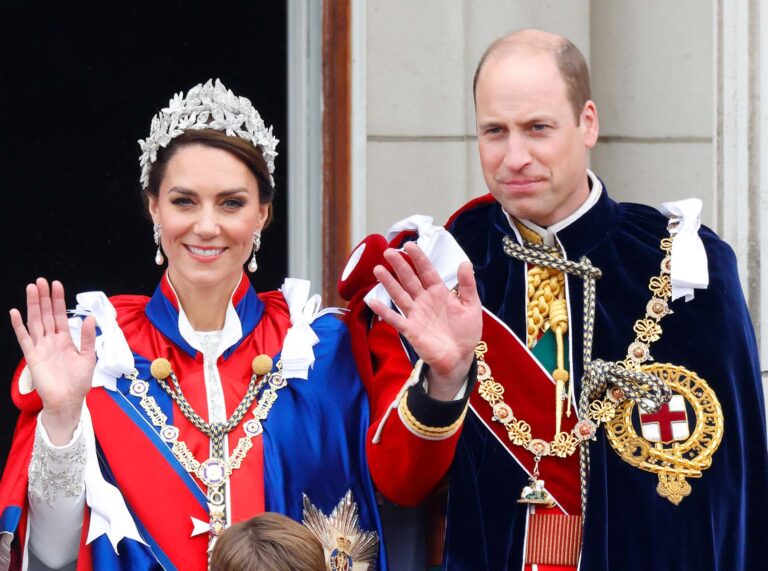
As of William, royal biographer Angela Levin states that he now faces a “difficult time” having to balance between his work and his private life. On top of that, his brother Harry was in Britain, and as we all know the relationship between the two is still a rocky one. The royal expert said that William “got used to Harry being rude, unkind and attacking his wife.”
“It’s very hard for him. He doesn’t want to have anything to do with Harry at the moment, and you can’t blame him. Because he’s been so rude and told untruths about both William and Catherine,” Angela Levin told GB News.
“I don’t know how you completely can change that. It’s difficult, isn’t it? It’s difficult to completely turn over a relationship and forget all the past. I don’t think people can do that.”
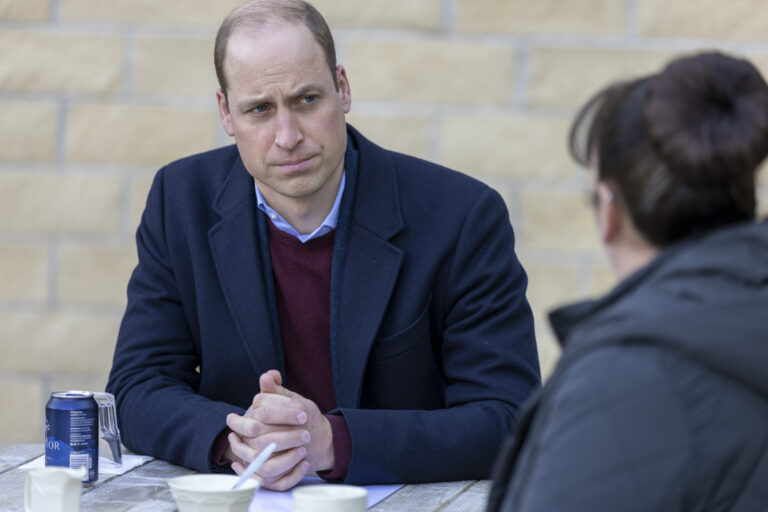
CLITHEROE, UNITED KINGDOM – JANUARY 20: Britain’s Prince William, Duke of Cambridge visits NHS staff and patients at Clitheroe Community Hospital and hear about their experiences during the Covid-19 pandemic on January 20, 2022 in Clitheroe, East Lancashire, England. (Photo by James Glossop-WPA Pool/Getty Images)
Isabel Webster, the host of the GB News show, said she believed the Prince could feel “lonely” at this time.
“This is somebody who’s estranged from his brother, he lost his mother in tragic circumstances, recently lost his granny, who was one of the few who understood the responsibility he faces,” she said. “And one of his uncles is disgraced; now his father and wife are both unwell.”
Levin responded: “Harry said to me when I was writing his biography that he and William couldn’t be closer, we trust each other totally. We are together. We have the most amazing relationship because we’ve had the same experiences, terrible, difficult experiences. But now that’s not the case.”
On Wednesday night, Prince William attended London’s Air Ambulance Charity Gala Dinner. There, he held a speech and thanked everyone for their kind wishes regarding both his wife as well as his father, King Charles, who was diagnosed with cancer on Monday.
“Good evening everyone. Thank you all for being here. And thank you to those whose hard work has made this evening possible. I’d like to take this opportunity to say thank you, also, for the kind messages of support for Catherine and for my father, especially in recent days. It means a great deal to us all. It’s fair to say the past few weeks have had a rather ‘medical’ focus. So I thought I’d come to an air ambulance function to get away from it all,” William said.
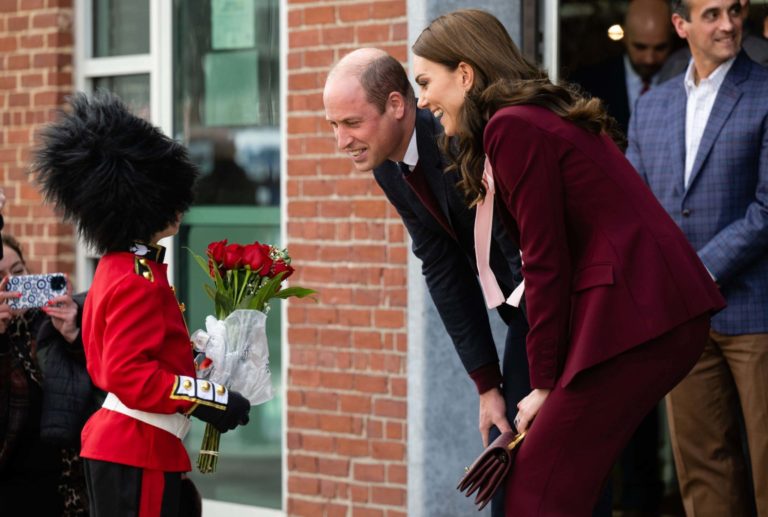
Earlier that day, the Prince of Wales held an investiture ceremony at Windsor Castle, where he handed out more than 50 honors. Among the recipients was Patricia Sprouse who later took to LinkedIn to share the news of her honor. In her post, she revealed some details regarding Kate and the much-needed help she gets.
“What an amazing experience, the castle was just breathtaking, everyone was so lovely to us as we were just in awe of everything,” Sprouse wrote on LinkedIn. “Prince William said that Catherine had two Filipino nurses looking after her and they were amazing and kind.”